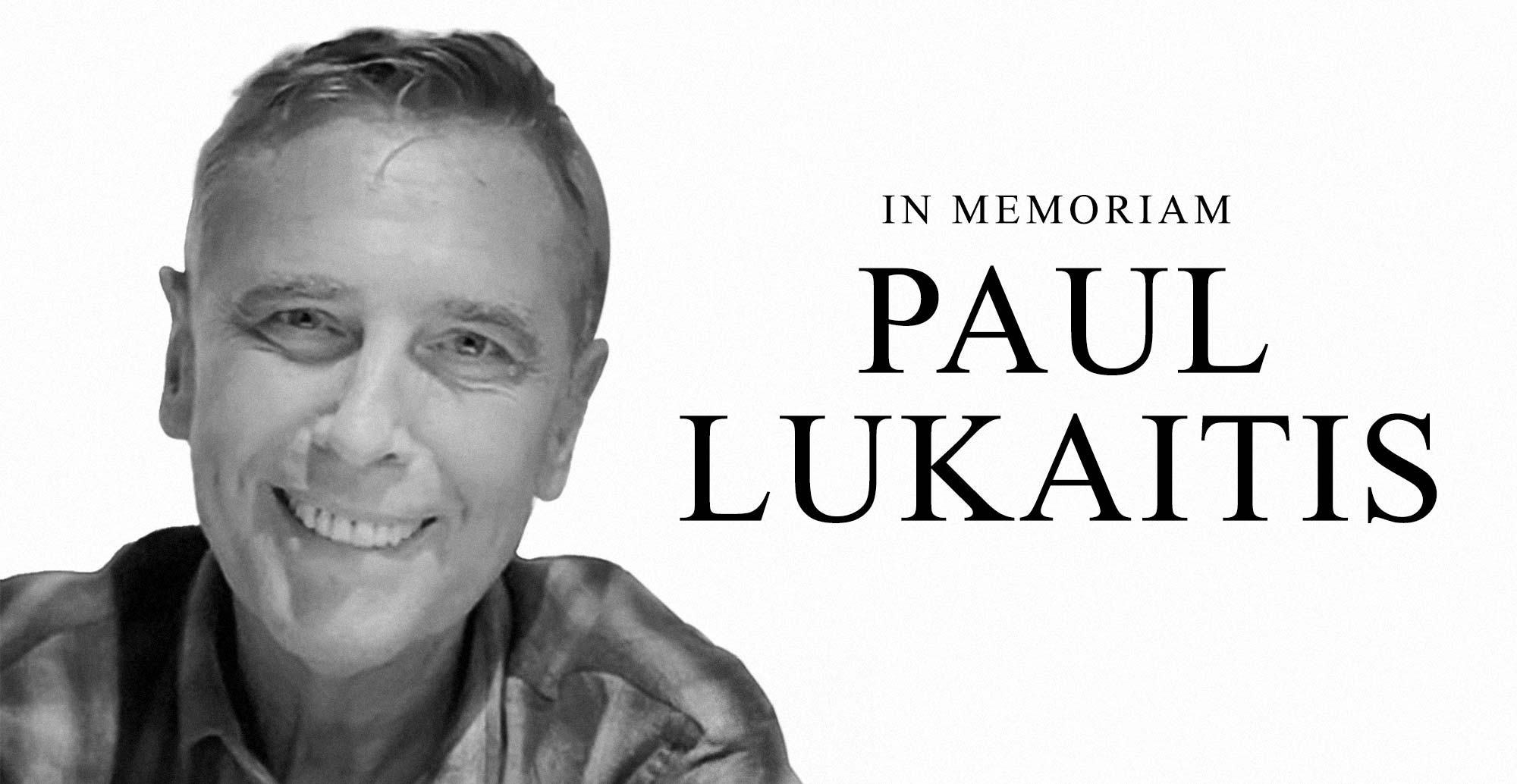Image Credit: Vancouver Film School
When it comes to transforming the world of television, few individuals possess the vision and dedication needed to create something truly groundbreaking. Paul Lukaitis, the brilliant mind behind the hit TV series The Good Doctor, is a prime example of a creator who has done just that. His innovative approach to storytelling, character development, and representation has made The Good Doctor a global phenomenon. But what lies beneath this success is a story of unwavering dedication, creativity, and a profound belief in the power of empathy.
In this article, we explore how Paul Lukaitis’s vision and dedication shaped The Good Doctor, bringing to life a series that has touched millions of viewers around the world.
Read Also: Monica Lewinsky Net Worth: The Untold Story Behind Her Fortune
The Genesis of The Good Doctor
The Good Doctor made its debut in September 2017 on ABC and quickly gained a massive following. The series follows Dr. Shaun Murphy, a young surgeon with autism and savant syndrome, as he navigates the challenges of both his medical career and personal life. The show was praised for its portrayal of a neurodiverse protagonist, breaking away from the conventional portrayal of doctors on TV.
However, what many might not know is that the show was the brainchild of David Shore, the creator of House, and Paul Lukaitis, who served as an executive producer and writer. While David Shore is widely credited for creating the concept, Lukaitis played a pivotal role in shaping the show’s direction and ensuring that it maintained its core message of compassion, inclusion, and medical excellence.
Vision: Bringing a Unique Story to the Small Screen
The concept behind The Good Doctor was groundbreaking in itself. While many medical dramas focused on the traditional portrayal of doctors as perfect, nearly infallible figures, The Good Doctor broke the mold by focusing on a character who was anything but ordinary. Shaun Murphy’s character was intelligent and highly skilled, but his autism and social challenges created significant hurdles in his journey to be accepted as a doctor.
For Lukaitis, the vision was clear: to create a show that highlighted the importance of diversity, inclusion, and empathy in healthcare. He wanted to challenge the stereotypes around people with autism and to show that individuals with such conditions can thrive in demanding, high-pressure environments. This vision not only set the tone for the show but also deeply influenced its writing and character development.
Lukaitis’s vision was not just about creating a medical drama, but about telling a story that spoke to the human experience – one where overcoming challenges, building meaningful relationships, and finding acceptance were central themes. The show’s success can be attributed to this humanistic approach, which resonates with viewers on a deeply emotional level.
Dedication: Crafting a Story with Purpose
Creating a character like Dr. Shaun Murphy required careful thought, research, and dedication. Autism, particularly in the context of a high-functioning individual, had not been represented in mainstream media in a significant way before The Good Doctor. For Lukaitis, ensuring authenticity in portraying Shaun’s experiences was paramount.
This dedication to accuracy led to collaboration with autism advocates, medical professionals, and individuals on the autism spectrum. The team worked hard to depict Shaun’s experiences respectfully, avoiding any sensationalism or oversimplification of the complexities of autism. Shaun was not just defined by his condition; he emerged as a fully realized person with hopes, dreams, flaws, and incredible talent.
This attention to detail was essential in making The Good Doctor not only a successful medical drama but also a vehicle for raising awareness about autism. The show’s portrayal of Shaun’s character was groundbreaking in its honesty and depth, creating a space for important conversations about neurodiversity, mental health, and acceptance.
Lukaitis’s dedication also extended to creating storylines that were both medically engaging and emotionally resonant. Each episode balanced intense medical cases with Shaun’s personal growth, fostering a connection with the audience that went beyond just the hospital setting. By weaving together medical drama with heartfelt moments, the show highlighted the challenges of being different in a world that often prioritizes conformity.
The Impact of The Good Doctor
The Good Doctor has not only been a ratings success, but it has also sparked important conversations in society. The portrayal of a protagonist with autism has allowed many viewers to gain a better understanding of the condition, especially in relation to careers that require high levels of skill and responsibility. Shaun’s journey from a young man with limited social understanding to a highly respected surgeon serves as a powerful message of perseverance, potential, and self-acceptance.
Furthermore, the show’s diverse representation of characters – in terms of ethnicity, gender, and neurodiversity – has made it a beacon for inclusive television. Through its complex and multi-dimensional characters, The Good Doctor has demonstrated that diversity is not just an addition to the narrative, but an essential part of creating an authentic and meaningful story.
Paul Lukaitis’s Legacy
As an executive producer and writer, Paul Lukaitis played a significant role in shaping the narrative and ensuring that The Good Doctor remained true to its vision. His work on the show has left a lasting impact on the television industry, proving that shows with strong social messages can still be commercially successful. He has not only helped to create a cultural moment with The Good Doctor, but also inspired a new generation of storytellers to think differently about representation and inclusivity in media.
Conclusion:
Paul Lukaitis’s work on The Good Doctor is a testament to his passion for storytelling, dedication to authenticity, and belief in the power of empathy. Through his vision, he has helped create a show that not only entertains but also educates and inspires audiences around the world.
Read Also: Monica Lewinsky Net Worth: The Untold Story Behind Her Fortune
Frequently Asked Questions (FAQs)
1. Who is Paul Lukaitis?
Paul Lukaitis is an executive producer and writer known for his work on the medical drama The Good Doctor. He played a crucial role in shaping the show’s direction and ensuring its focus on diversity, inclusion, and empathy.
2. What is the premise of The Good Doctor?
The Good Doctor follows Dr. Shaun Murphy, a young surgeon with autism and savant syndrome, as he navigates the challenges of working in a prestigious hospital while overcoming personal and professional obstacles.
3. Why is The Good Doctor so important in terms of representation?
The show breaks new ground by featuring a protagonist with autism, a condition that mainstream media often underrepresents. It highlights the importance of diversity and inclusion in healthcare and society.
4. How did Paul Lukaitis contribute to The Good Doctor?
Paul Lukaitis played a key role in developing the show’s vision, ensuring that the portrayal of autism was respectful and authentic. He also helped craft emotionally resonant storylines that balanced medical drama with personal growth.
5. What impact has The Good Doctor had on viewers?
The Good Doctor has sparked important conversations about neurodiversity, mental health, and acceptance. Its portrayal of a neurodiverse protagonist has helped educate audiences about autism and the value of inclusivity in all areas of life.



Leave a Reply